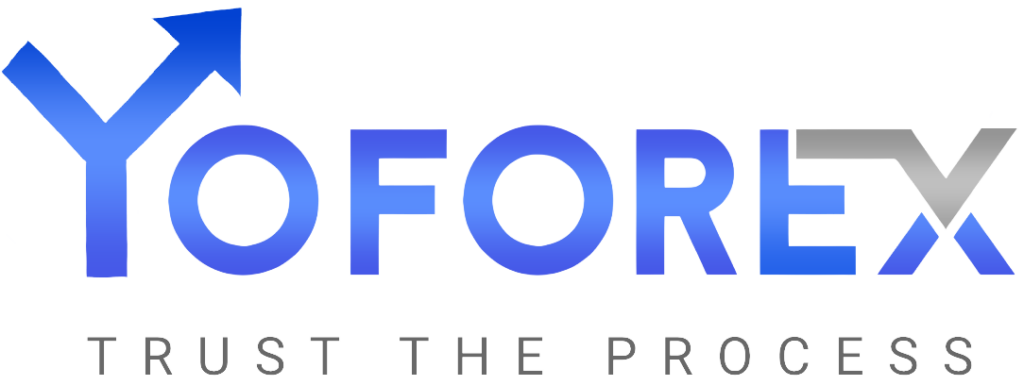Cryptocurrencies have revolutionized the financial world, offering decentralized solutions and new opportunities for innovation. If you’ve ever wondered how to create your cryptocurrency, you’re not alone. Whether you want to start a blockchain-based project or simply explore the technology, this guide will walk you through the process step by step.
1. Understand the Basics of Cryptocurrencies
Before diving into the technical aspects, it’s essential to understand what cryptocurrencies are and how they work.
Key Concepts:
- Blockchain: A decentralized ledger that records all transactions.
- Token vs. Coin: A coin operates on its blockchain (e.g., Bitcoin, Ethereum), while a token is built on an existing blockchain (e.g., ERC-20 tokens on Ethereum).
- Consensus Mechanisms: Methods used to validate transactions, such as Proof of Work (PoW) or Proof of Stake (PoS).
2. Define the Purpose of Your Cryptocurrency
Every successful cryptocurrency starts with a clear purpose or use case. Consider:
- Problem Solving: What problem does your cryptocurrency aim to solve?
- Target Audience: Who will use your cryptocurrency and why?
- Utility: Will it be used for payments, governance, or as a utility token in a specific ecosystem?
Example:
- A coin designed for micropayments in the gaming industry.
- A token to incentivize contributions in a decentralized platform.

3. Choose a Blockchain Platform
You have two main options when creating a cryptocurrency:
Option 1: Build a Coin on Your Blockchain
- Requires creating a blockchain from scratch.
- Offers full control over features and functionality.
Option 2: Create a Token on an Existing Blockchain
- Easier and faster to develop.
- Common platforms include Ethereum (ERC-20), Binance Smart Chain (BEP-20), and Solana.
Recommendation:
- Beginners should start by creating a token on an existing blockchain to reduce complexity and costs.
4. Design the Tokenomics
Tokenomics refers to the economic model of your cryptocurrency. Key factors include:
- Total Supply: How many tokens will exist?
- Distribution: How will tokens be allocated (e.g., initial coin offering, team, community)?
- Inflation or Deflation: Will new tokens be minted over time, or will the supply decrease through burning?
- Use Cases: How will the token be used within your ecosystem?
Example:
- Total Supply: 1 billion tokens.
- Distribution: 50% for public sale, 20% for team, 30% for ecosystem development.
5. Write the Smart Contract
Smart contracts are self-executing codes that define the rules of your cryptocurrency. If you’re creating a token, you’ll need to write a smart contract on your chosen blockchain platform.
Tools for Writing Smart Contracts:
- Ethereum: Use Solidity and tools like Remix IDE or Truffle.
- Binance Smart Chain: Compatible with Ethereum’s development tools.
- Cardano or Solana: Use their respective SDKs and programming languages.
Essential Features:
- Token name and symbol.
- Total supply and decimals.
- Functions for minting, burning, and transferring tokens.
Tip: Hire a professional developer or audit your smart contract to ensure security and reliability.
6. Test Your Cryptocurrency
Before launching your cryptocurrency, it’s crucial to test it thoroughly to ensure it works as intended.
How to Test:
- Deploy the smart contract on a testnet (e.g., Ethereum Ropsten or Binance Smart Chain Testnet).
- Simulate transactions to verify functionality.
- Check for vulnerabilities, such as reentrancy attacks or overflow errors.
Tools for Testing:
- Hardhat or Truffle for Ethereum-based tokens.
- Automated testing tools for code verification.
7. Deploy Your Cryptocurrency
Once testing is complete, you can deploy your cryptocurrency on the mainnet of your chosen blockchain platform.
Steps for Deployment:
- Fund your wallet with the required native tokens (e.g., ETH or BNB) to pay for gas fees.
- Use deployment tools like Remix IDE or command-line interfaces to deploy the smart contract.
- Verify the contract on blockchain explorers like Etherscan or BscScan.
Tip: Double-check all parameters before deployment, as changes cannot be made after the smart contract is live.
8. Launch and Promote Your Cryptocurrency
Creating a cryptocurrency is just the beginning. To gain traction, you need a well-executed launch and promotional strategy.
Steps to Launch:
- Announce your cryptocurrency through a website and social media.
- List it on decentralized exchanges (DEXs) or apply for listings on centralized exchanges (CEXs).
- Conduct an Initial Coin Offering (ICO) or Initial DEX Offering (IDO) to raise funds and distribute tokens.
Promotion Strategies:
- Leverage social media platforms like Twitter, Reddit, and Discord.
- Partner with influencers and crypto communities to build awareness.
- Create educational content explaining your cryptocurrency’s purpose and use cases.
9. Ensure Compliance and Security
Compliance and security are critical for the success and longevity of your cryptocurrency.
Compliance:
- Research and adhere to local regulations regarding cryptocurrencies.
- Consult legal experts to ensure your token complies with securities laws and anti-money laundering (AML) regulations.
Security:
- Regularly audit your smart contract to identify and fix vulnerabilities.
- Implement measures to prevent hacking or unauthorized access to funds.
Tip: Transparency and compliance can build trust and attract more users to your cryptocurrency.
10. Build and Maintain Your Ecosystem
The long-term success of your cryptocurrency depends on its ecosystem and community support.
Ecosystem Development:
- Partner with developers to build applications and services around your cryptocurrency.
- Expand use cases to drive adoption (e.g., payments, governance, or staking).
Community Engagement:
- Foster an active and supportive community through regular updates and communication.
- Address user feedback and improve your cryptocurrency based on market needs.
Conclusion
Building your cryptocurrency is an exciting endeavor that requires careful planning, technical expertise, and a clear vision. By following this step-by-step guide, you can create a cryptocurrency that stands out in the competitive blockchain landscape. Remember, success depends not only on the technical aspects but also on your ability to market, maintain, and grow your project over time. Whether you aim to solve a specific problem or explore the potential of blockchain technology, the possibilities are endless.

